Home>Storage & Organization>Kitchen Organizing Tools>How To Organize Plates
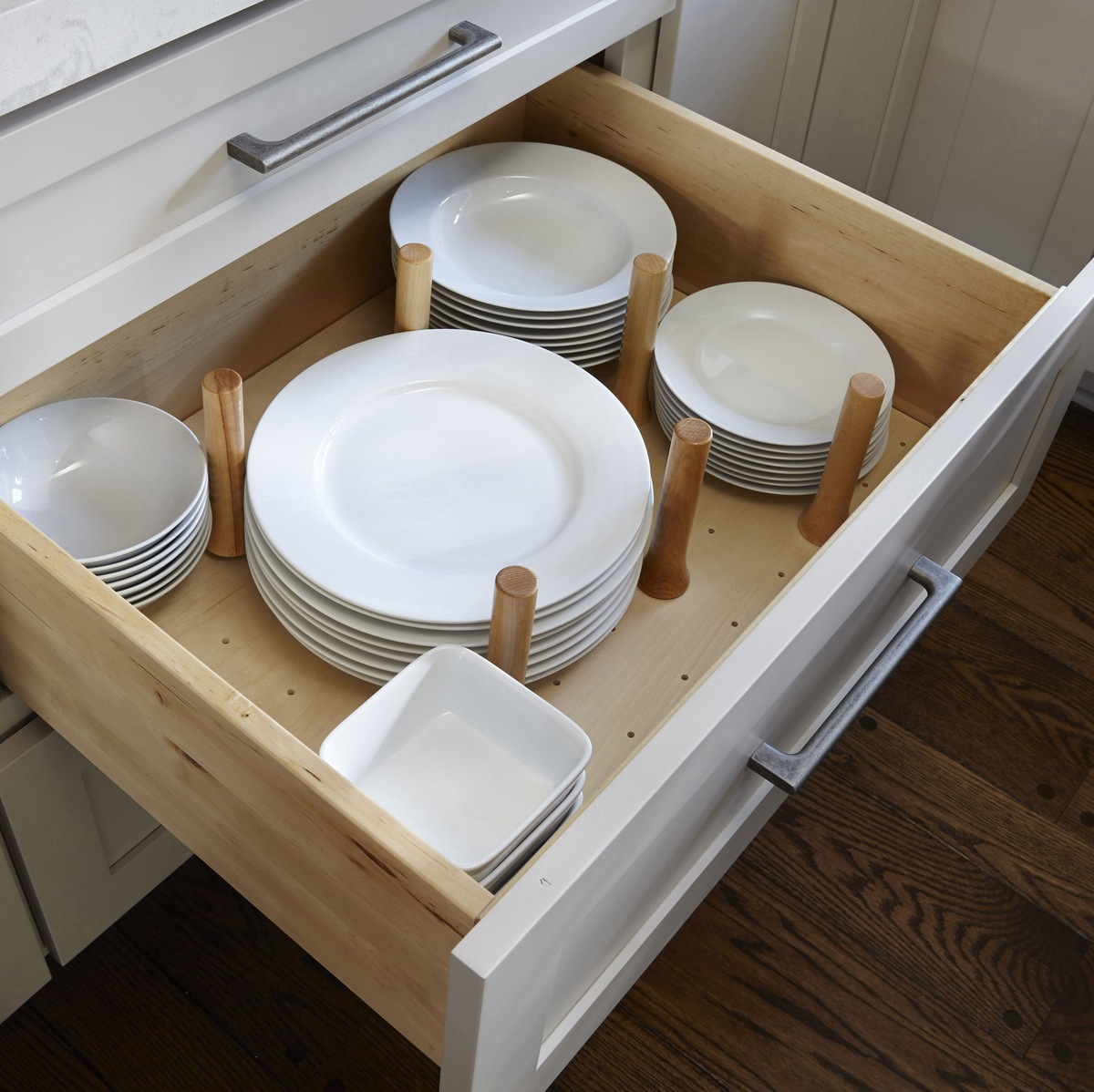

Kitchen Organizing Tools
How To Organize Plates
Modified: October 20, 2024
Discover the best kitchen organizing tools for efficiently arranging your plates and keeping your kitchen clutter-free. Learn how to organize plates with ease and maximize your kitchen space.
(Many of the links in this article redirect to a specific reviewed product. Your purchase of these products through affiliate links helps to generate commission for Storables.com, at no extra cost. Learn more)
Introduction
Are you tired of rummaging through your kitchen cabinets to find the right plate for your meal? Organizing your plates can save you time and make your kitchen more efficient. In this article, we'll explore the best methods for organizing your plate collection, from assessing your needs to choosing the right storage solutions and maintaining order. Whether you have a small set of plates for everyday use or a large collection for entertaining, these tips will help you keep your kitchen tidy and your plates easily accessible. Let's dive in and transform your kitchen into a well-organized and functional space!
Key Takeaways:
- Keep your kitchen tidy and efficient by organizing plates based on quantity, material, usage, and space. Choose the right storage solution to maximize space and maintain order, making it easy to access plates for any occasion.
- Whether stacking or standing plates, maintain order with a labeling system and regular maintenance. Rotate plate use to keep all plates in rotation and assess their condition regularly.
Read more: How To Store Weight Plates
Assessing Your Plate Collection
Before diving into organizing your plates, take stock of your collection. Consider the following factors to determine the best organization method for your needs:
-
Quantity: Assess how many plates you have. Do you have a small set of everyday plates, or do you have a mix of dinner plates, salad plates, and dessert plates for entertaining?
-
Material: Take note of the material of your plates. Are they delicate china, durable stoneware, or lightweight melamine? The material will influence the storage and organization methods you should use.
-
Usage: Evaluate how often you use different types of plates. Identify which plates are used daily and which ones are reserved for special occasions.
-
Space: Consider the available space in your kitchen. Do you have ample cabinet space, or do you need to maximize storage in a small kitchen?
By assessing these aspects of your plate collection, you can tailor your organization approach to suit your specific needs and make the most of your kitchen space.
Choosing the Right Storage Solution
When it comes to organizing your plates, selecting the right storage solution is crucial for maintaining order and accessibility. Consider the following options to find the best fit for your kitchen:
-
Cabinet Organizers: Utilize stackable plate racks or adjustable dividers to create designated spaces for different types of plates within your cabinets. This allows you to maximize vertical space and keep your plates neatly separated.
-
Drawer Inserts: If cabinet space is limited, consider using drawer inserts designed specifically for plates. These inserts keep plates upright and prevent them from sliding around, making it easy to grab the plate you need without disrupting the rest.
-
Plate Holders: For decorative or special occasion plates that are not used frequently, plate holders can be a great option. These holders can be displayed on countertops or shelves, adding a decorative touch to your kitchen while keeping your special plates organized and easily accessible.
-
Open Shelving: If you have a collection of plates that you want to showcase, open shelving can be a stylish and practical storage solution. Displaying your plates on open shelves not only keeps them organized but also adds a decorative element to your kitchen decor.
By choosing the right storage solution based on your plate collection and kitchen layout, you can ensure that your plates are organized in a way that is both functional and visually appealing.
Organizing Plates by Size and Shape
Organizing your plates by size and shape is essential for maximizing space and maintaining an orderly kitchen. Here's how to effectively organize your plates based on their size and shape:
1. Group Similar Plates Together
Separate your plates into groups based on their size and shape. For example, stack all dinner plates together, followed by salad plates and then dessert plates. This grouping makes it easier to locate the specific type of plate you need for any occasion.
Read more: How To Make Charger Plates
2. Utilize Adjustable Dividers
If you're storing plates in a cabinet, consider using adjustable dividers to create separate sections for different plate sizes. This prevents larger plates from crowding out smaller ones and keeps each size neatly organized.
3. Consider Plate Protectors
For delicate or special occasion plates, consider using plate protectors to prevent scratches and chips. These soft, cushioned protectors can be placed between plates to provide a buffer and ensure that each plate remains in pristine condition.
4. Stack Plates Efficiently
When stacking plates, place the larger ones at the bottom and the smaller ones on top. This prevents instability and minimizes the risk of plates toppling over. Additionally, avoid stacking too many plates together to prevent excessive weight and potential breakage.
5. Vertical Plate Storage
If cabinet space is limited, consider vertical plate storage. Use plate racks or vertical dividers to store plates upright, similar to how you would store files in a filing cabinet. This method maximizes space and makes it easy to access plates without disturbing the entire stack.
By organizing your plates based on their size and shape, you can create a well-structured storage system that makes it effortless to find and retrieve the right plate for any dining occasion.
Read more: How To Store Plates
Stacking vs. Standing Plates
When it comes to organizing plates, the decision between stacking and standing plates largely depends on the available storage space and the type of plates in your collection. Here's a detailed look at the pros and cons of each method:
Stacking Plates
Stacking plates is a traditional and space-efficient method of plate organization. It works well for standard dinner plates, salad plates, and dessert plates. However, there are some considerations to keep in mind when stacking plates:
-
Pros of Stacking Plates:
- Efficient Use of Space: Stacking plates allows you to maximize vertical storage space within your cabinets or shelves.
- Easy Access: Stacked plates are easy to access, especially when you need multiple plates of the same size for a meal.
-
Cons of Stacking Plates:
- Risk of Breakage: Improperly stacked plates can be prone to chipping or breakage, especially if the stack becomes unstable.
- Difficulty in Retrieval: Retrieving a single plate from a stack without disturbing the others can be challenging, especially if the plates are tightly packed.
Standing Plates
Standing plates, or storing plates upright, is an alternative method that offers its own set of advantages and considerations:
-
Pros of Standing Plates:
- Visibility: Storing plates upright allows you to easily see and access each plate without having to move or lift other plates.
- Reduced Risk of Damage: Standing plates reduces the risk of scratches and chips that can occur when plates are stacked on top of each other.
-
Cons of Standing Plates:
- Space Considerations: Storing plates upright may require more vertical space, making it less suitable for cabinets with limited height.
- Plate Stability: Without proper dividers or supports, standing plates may be prone to tipping over, especially if the collection includes a variety of plate sizes.
When deciding between stacking and standing plates, consider the type of plates in your collection, the available storage space, and your preference for accessibility. You may also opt for a combination of both methods, using stacking for certain types of plates and standing for others, to create a well-organized and accessible plate storage system.
Labeling and Maintaining Order
Maintaining the organization of your plates is essential for a functional and efficient kitchen. Labeling and implementing a system for maintaining order can help you sustain the organization you've established. Here's how you can effectively label and maintain the order of your plate collection:
1. Labeling Systems
Implementing a labeling system can streamline the process of locating specific plates and ensuring that they are returned to their designated spaces. Consider using adhesive labels, label makers, or reusable chalkboard labels to clearly mark the storage spaces for different types of plates. This not only helps you and other household members easily identify where each plate belongs but also encourages everyone to maintain the organization.
2. Regular Maintenance
Regularly assess the organization of your plates to ensure that the system is being maintained. Periodically check for any misplaced plates and reorganize as needed. Encourage everyone in the household to adhere to the designated storage spaces and to return plates to their proper locations after use. Consistent maintenance is key to preserving the order and accessibility of your plate collection.
3. Rotation of Use
To prevent certain plates from being neglected or forgotten, consider rotating the use of your plates. If you have a mix of everyday plates and special occasion plates, periodically switch them out to ensure that all plates are being utilized. This not only keeps your collection in rotation but also allows you to assess the condition of each plate regularly.
4. Cleaning and Inspection
As part of maintaining order, regularly clean and inspect your plates. This includes checking for any signs of damage, such as chips or cracks, and addressing them promptly. Proper cleaning and inspection not only preserve the condition of your plates but also contribute to the overall organization and functionality of your kitchen.
By implementing a labeling system, conducting regular maintenance, rotating the use of plates, and prioritizing cleaning and inspection, you can effectively maintain the order and organization of your plate collection. This ensures that your plates remain easily accessible and in optimal condition for everyday use and special occasions.
Frequently Asked Questions about How To Organize Plates
Was this page helpful?
At Storables.com, we guarantee accurate and reliable information. Our content, validated by Expert Board Contributors, is crafted following stringent Editorial Policies. We're committed to providing you with well-researched, expert-backed insights for all your informational needs.
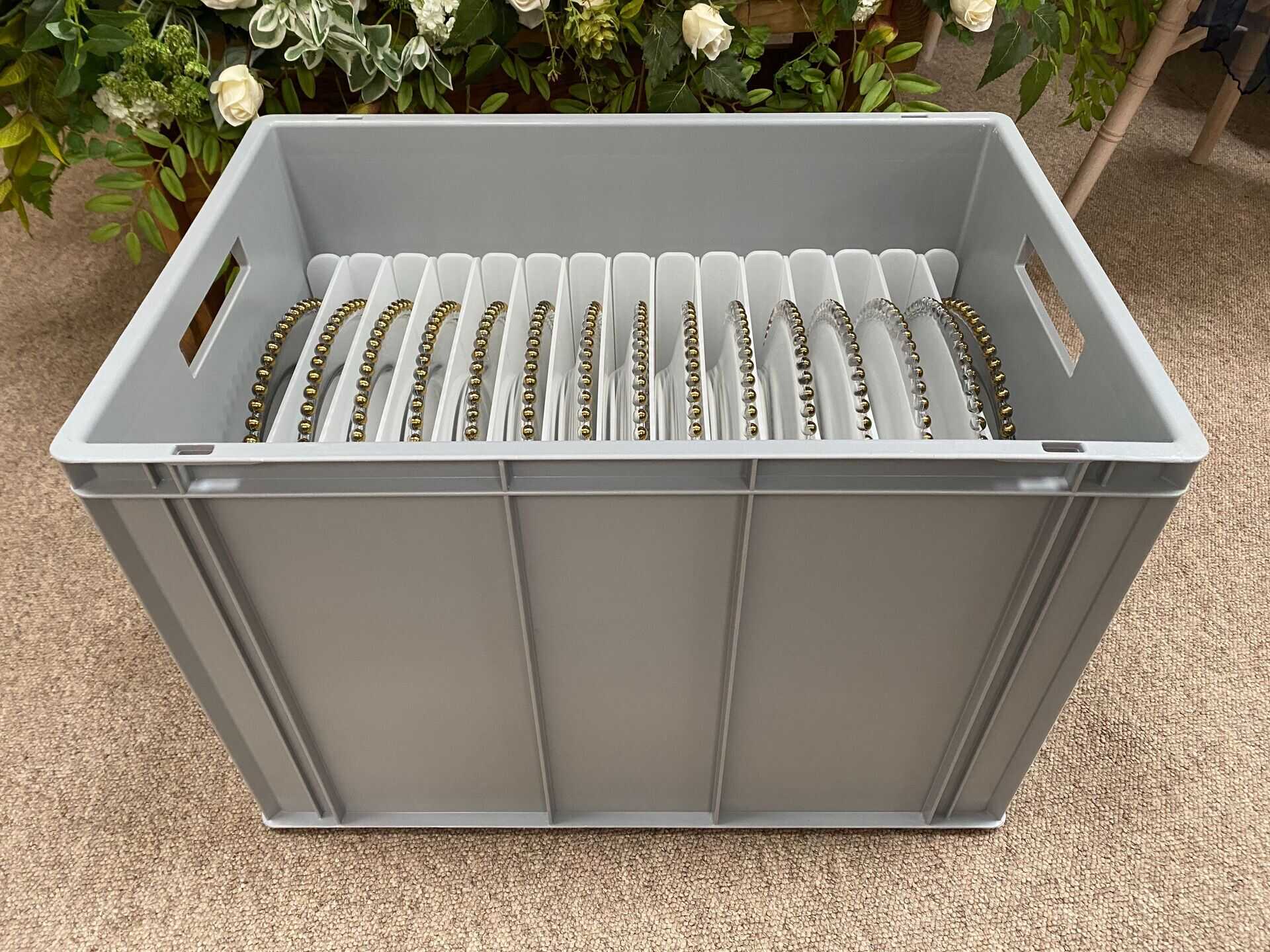

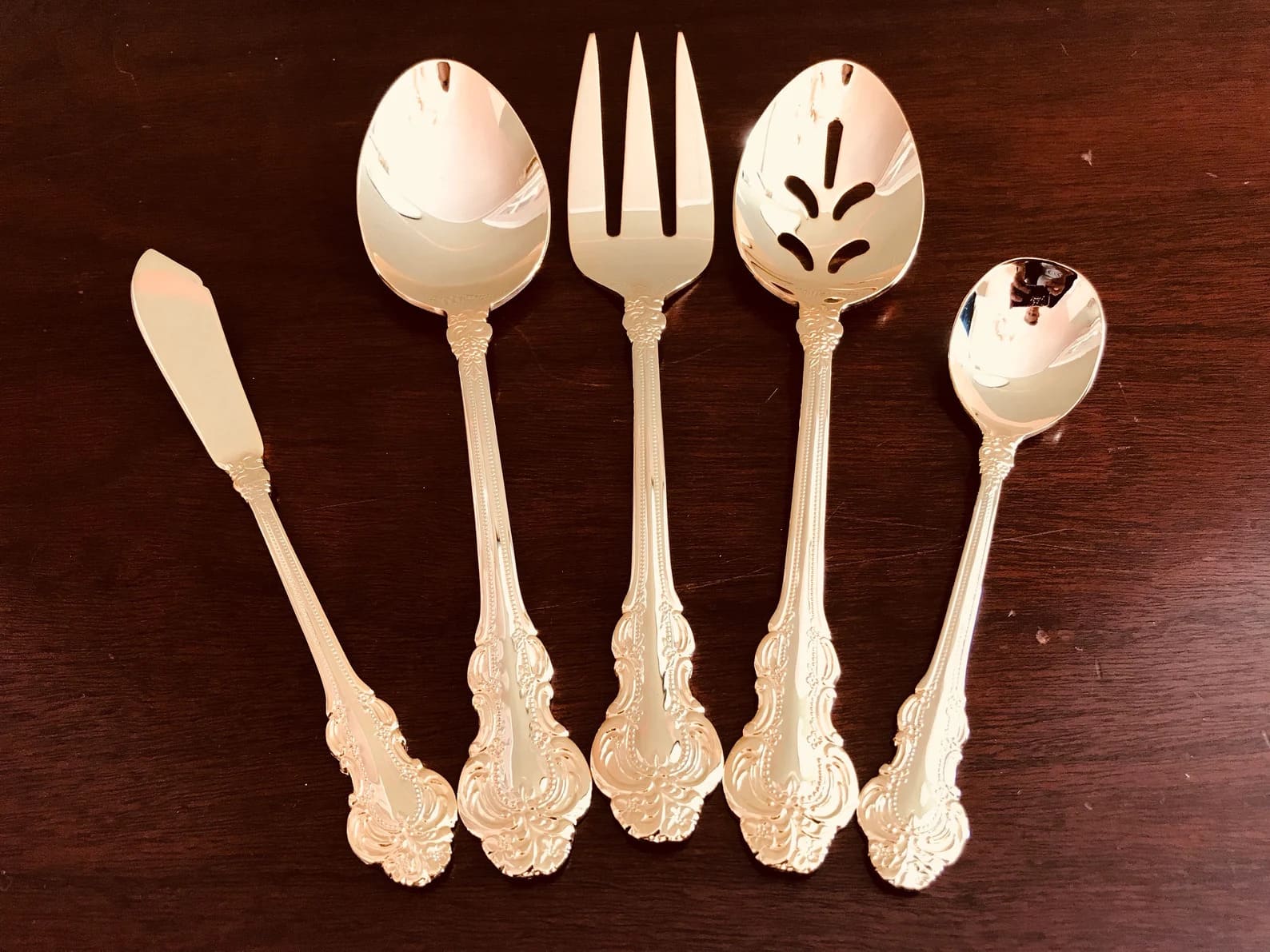
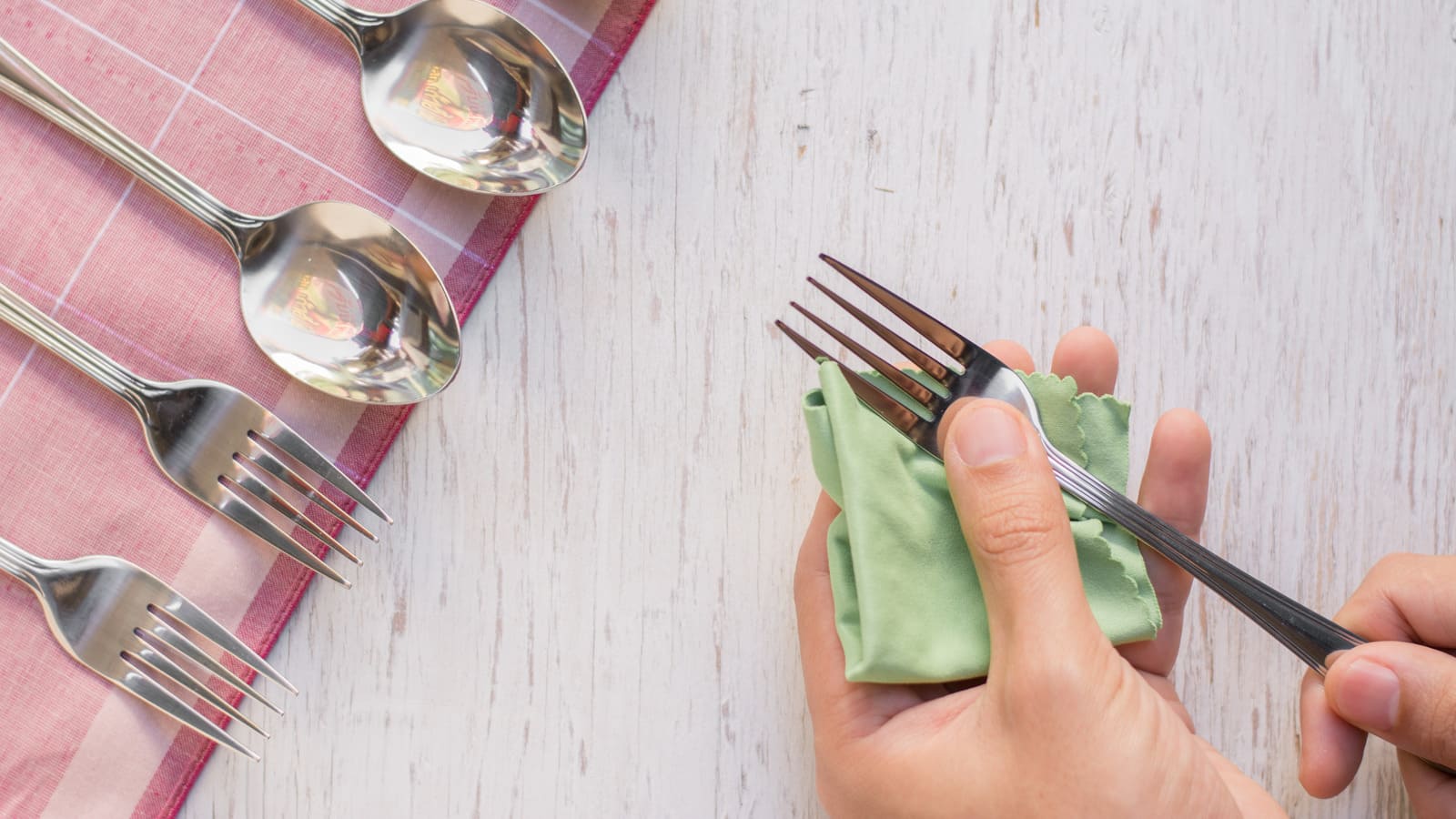
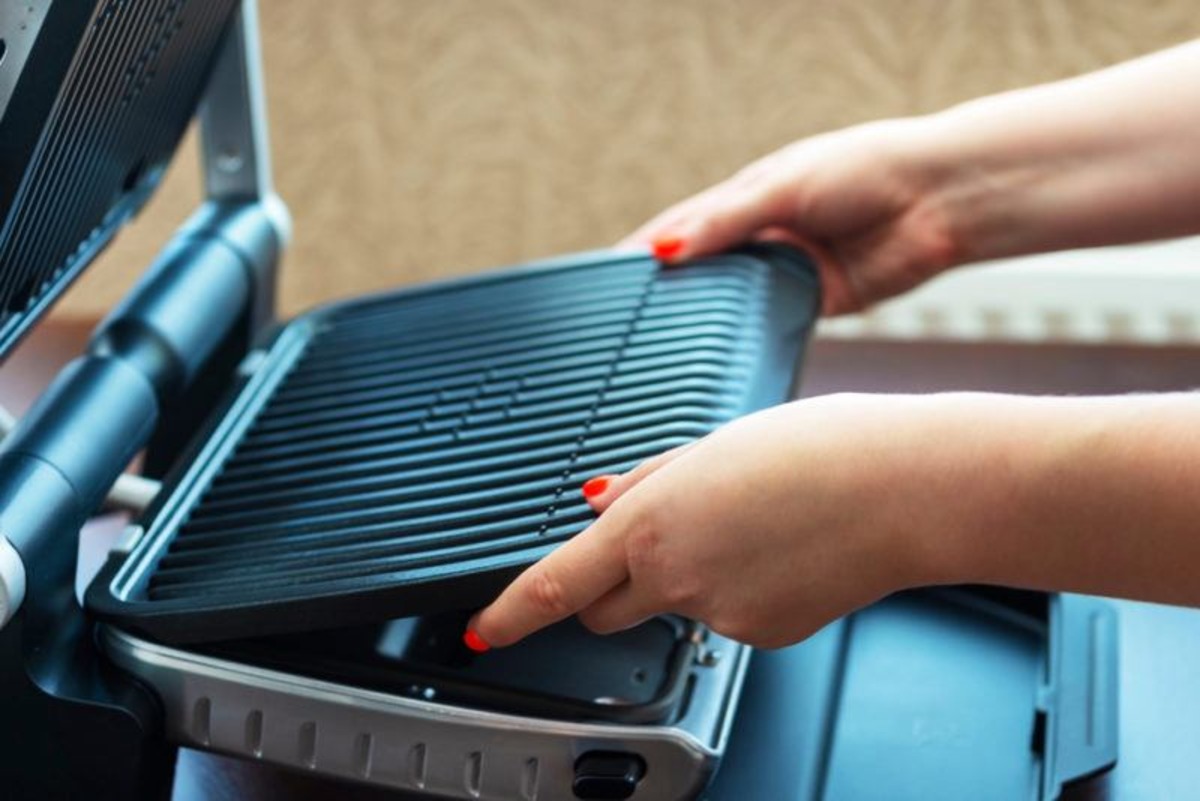
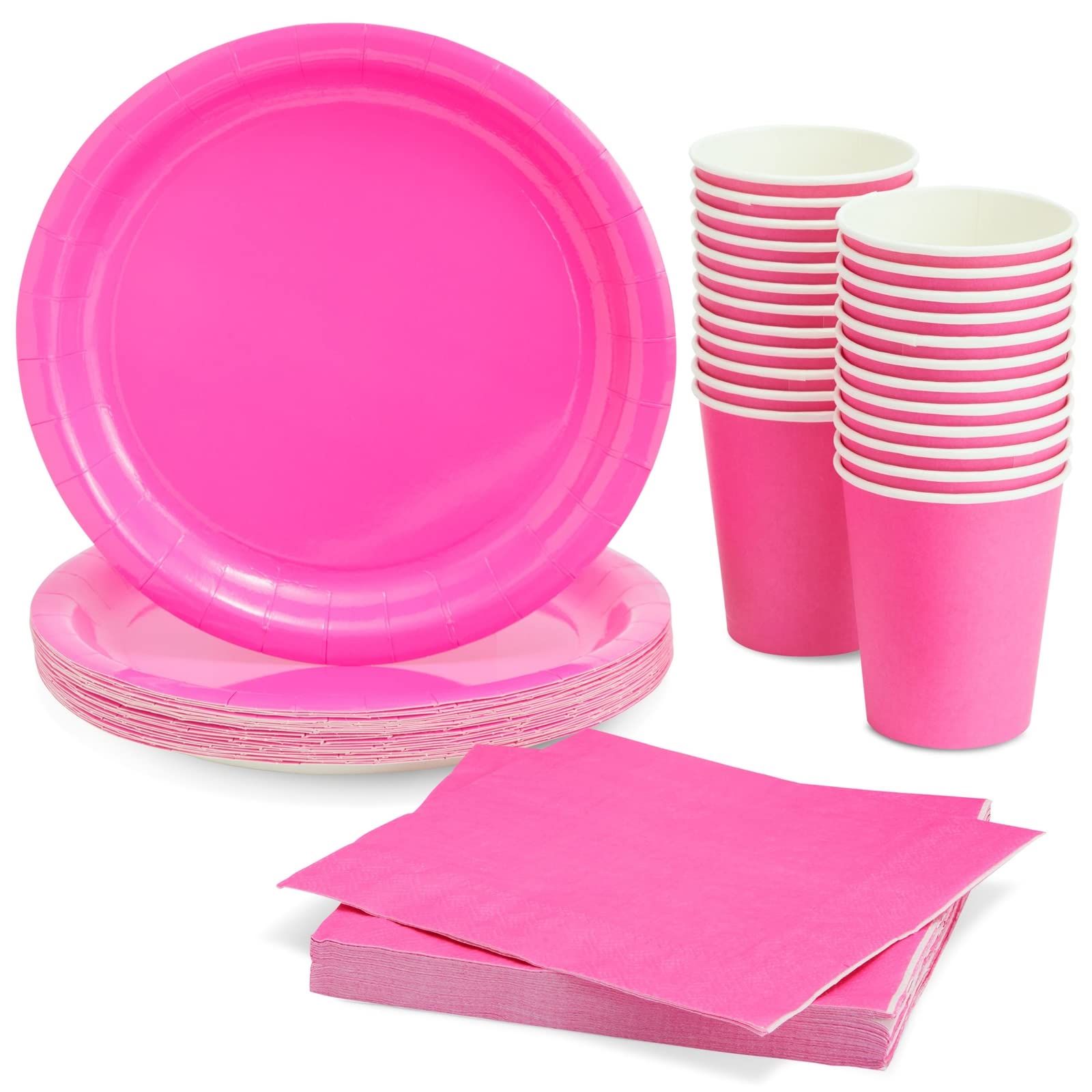
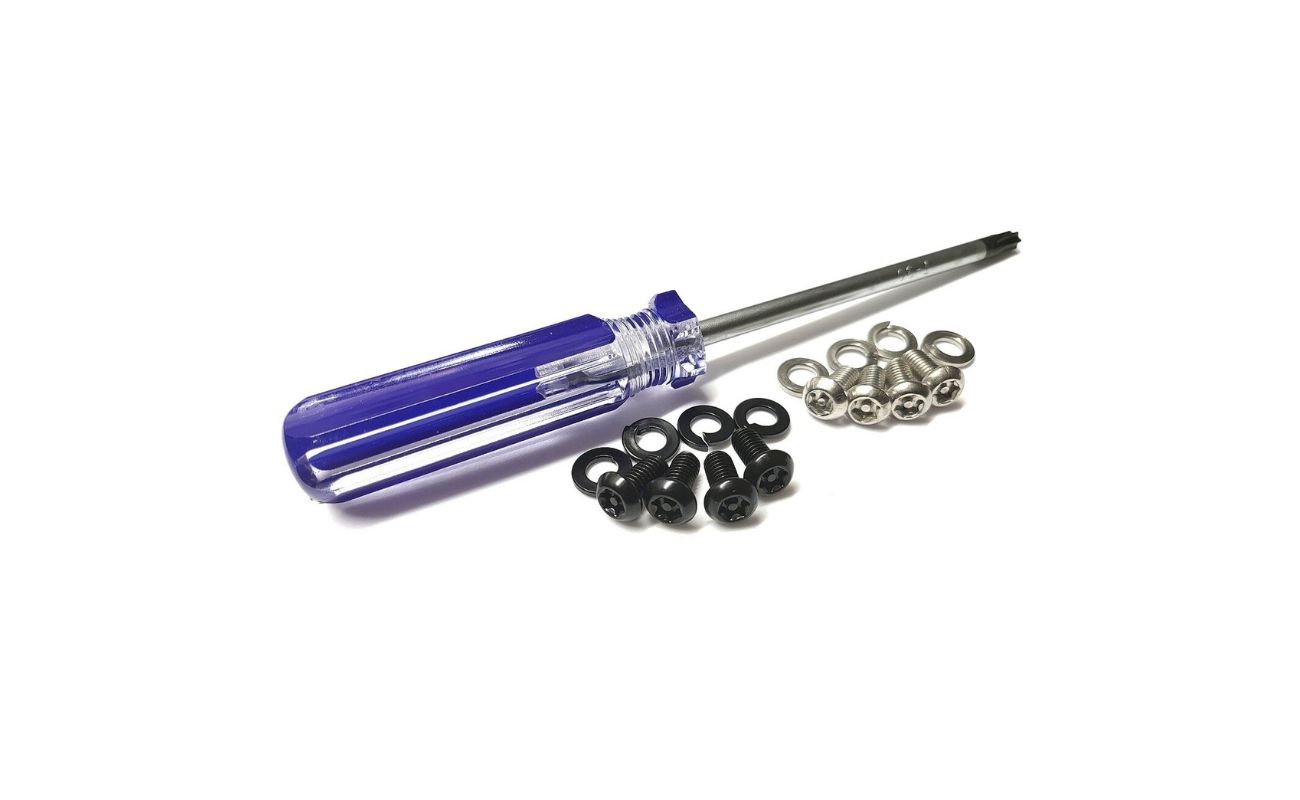
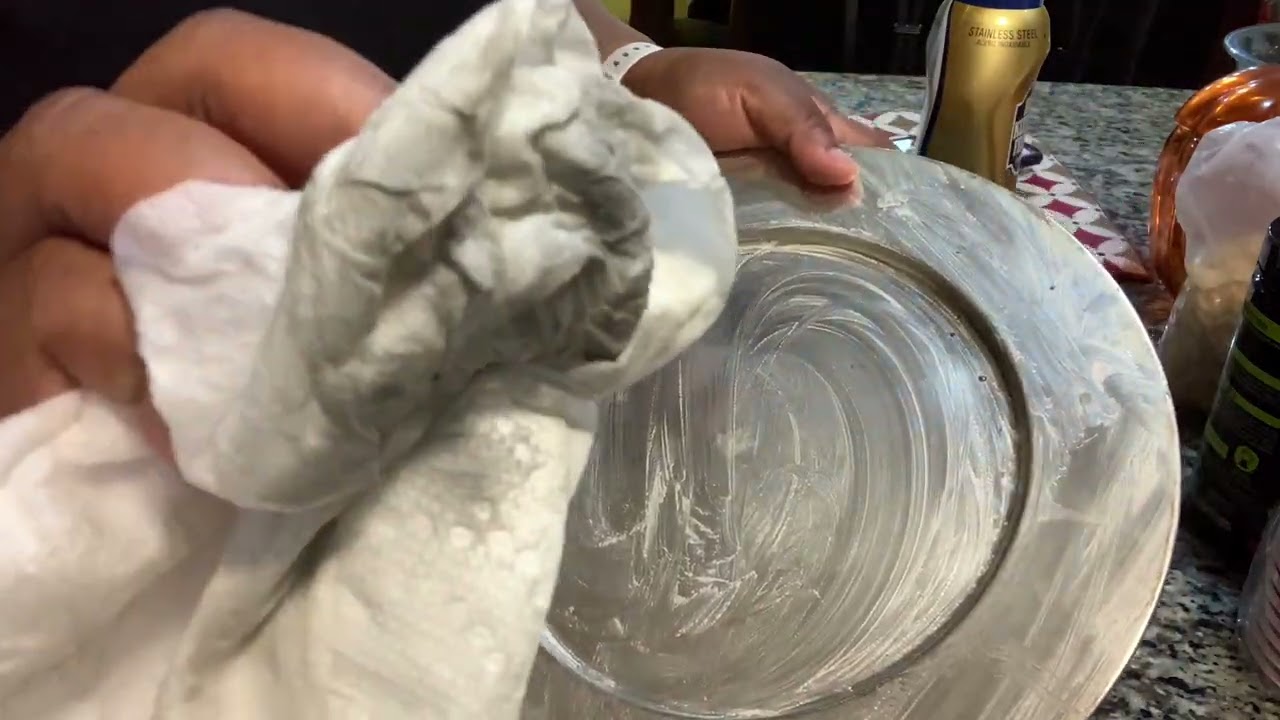
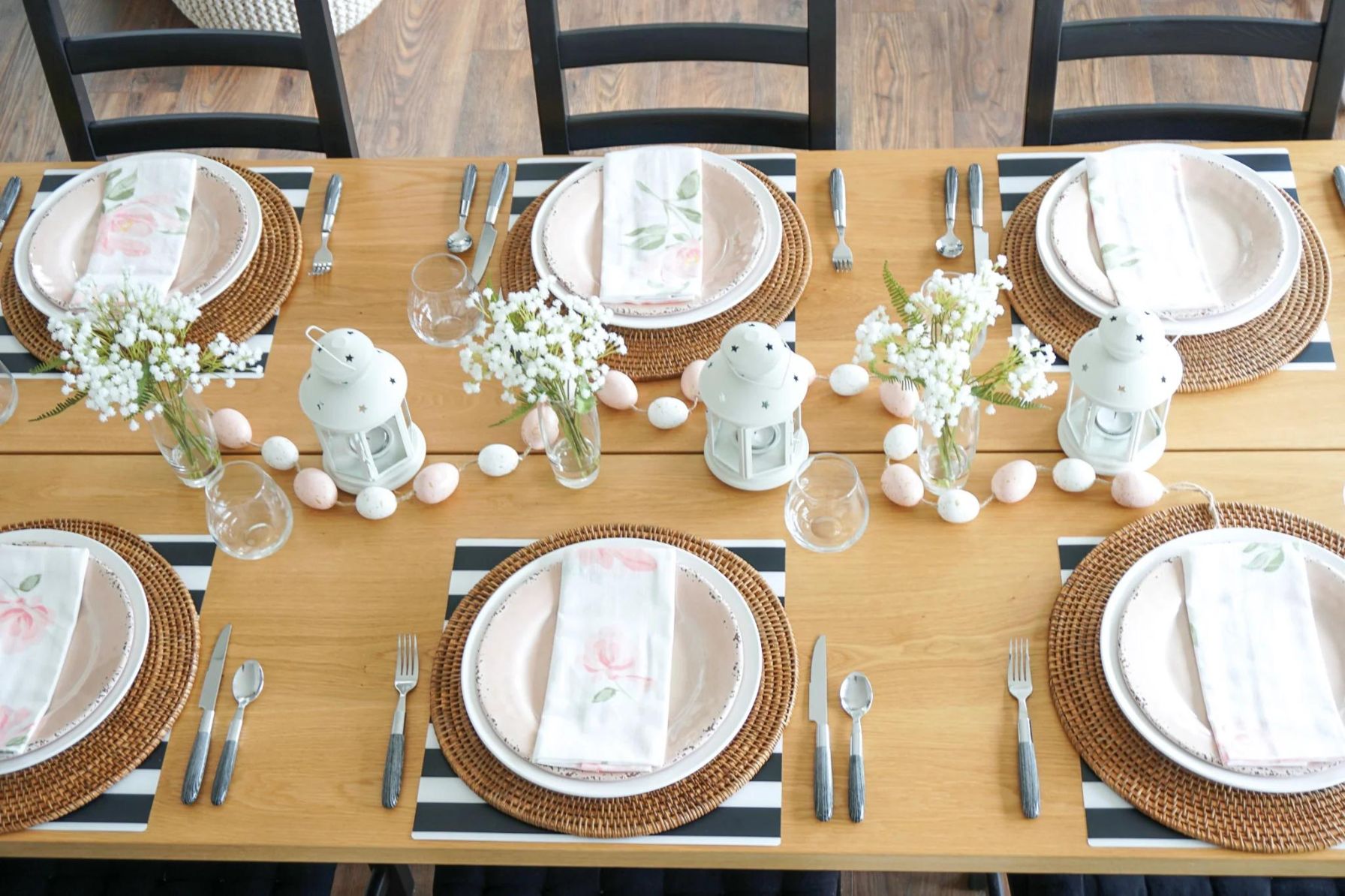
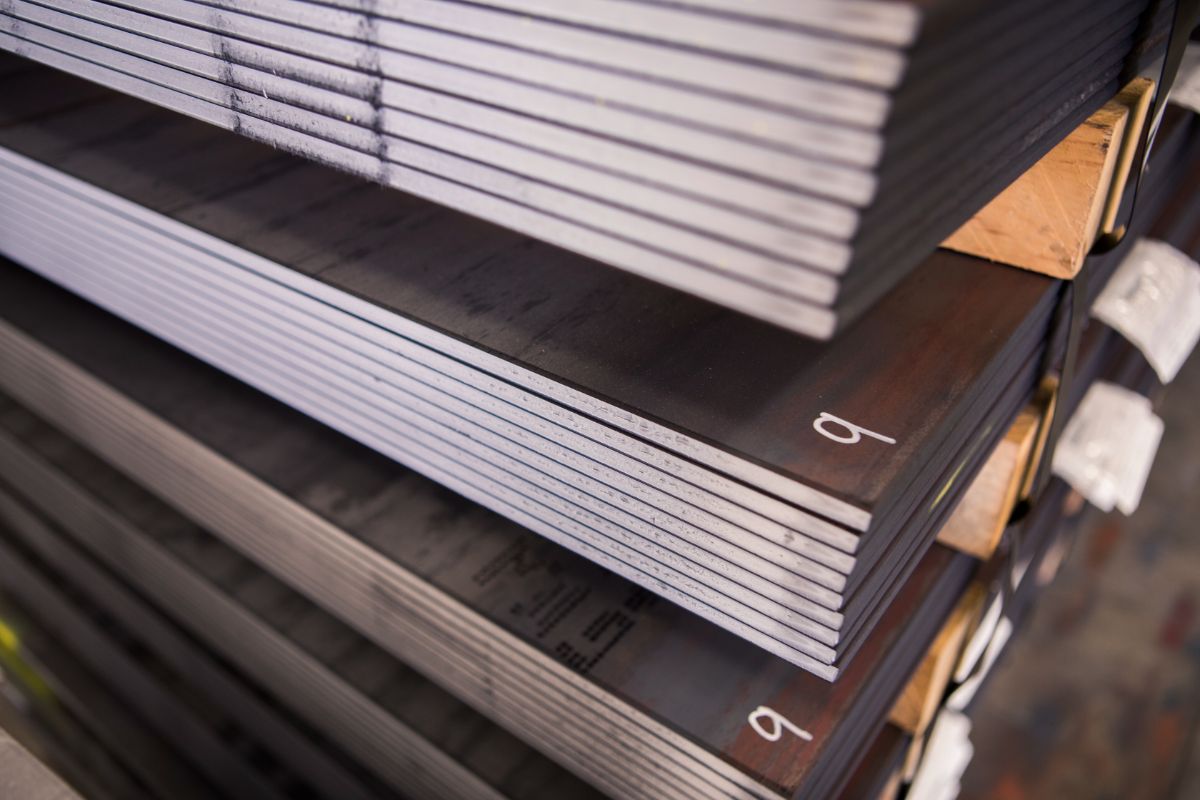
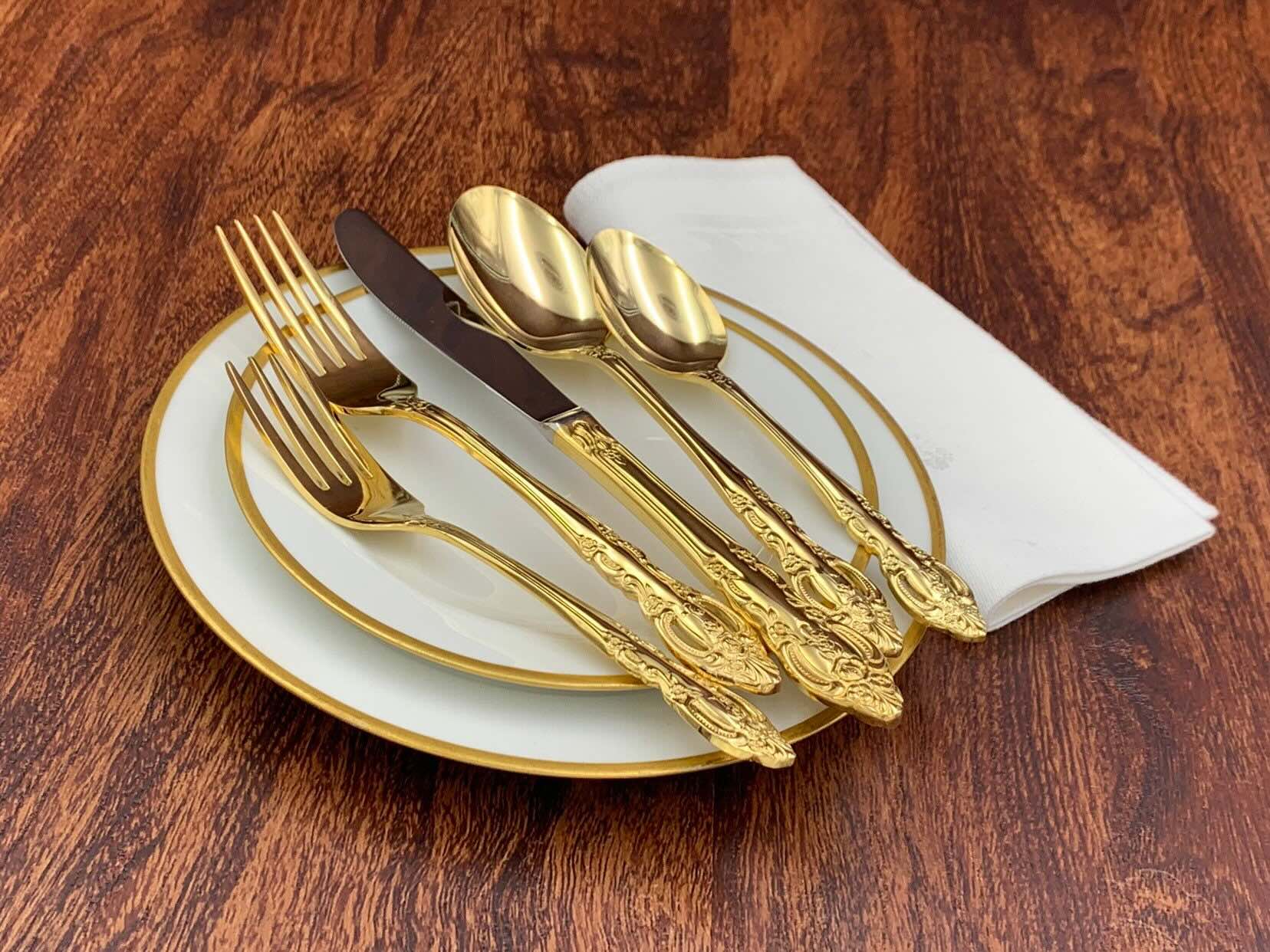
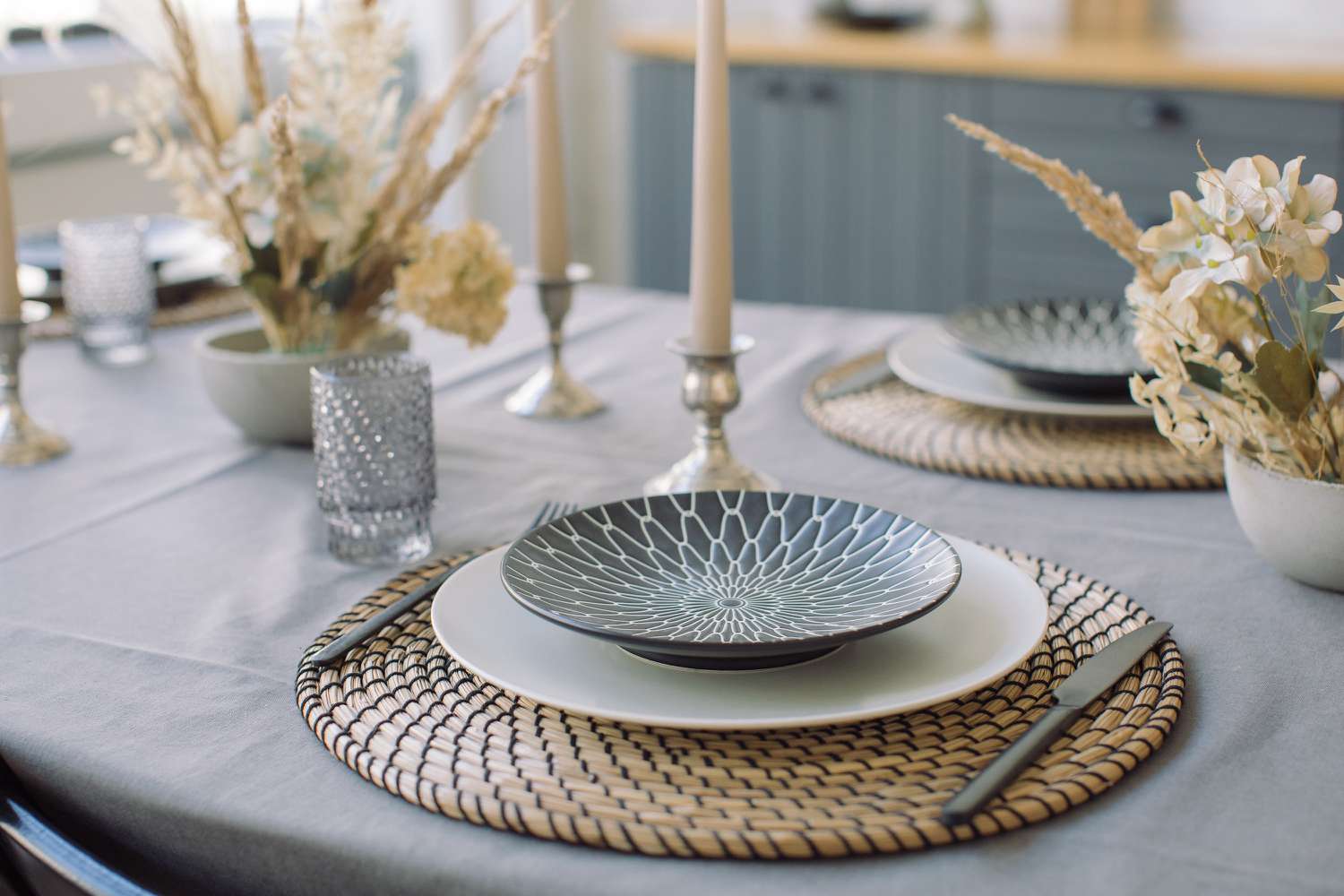

0 thoughts on “How To Organize Plates”